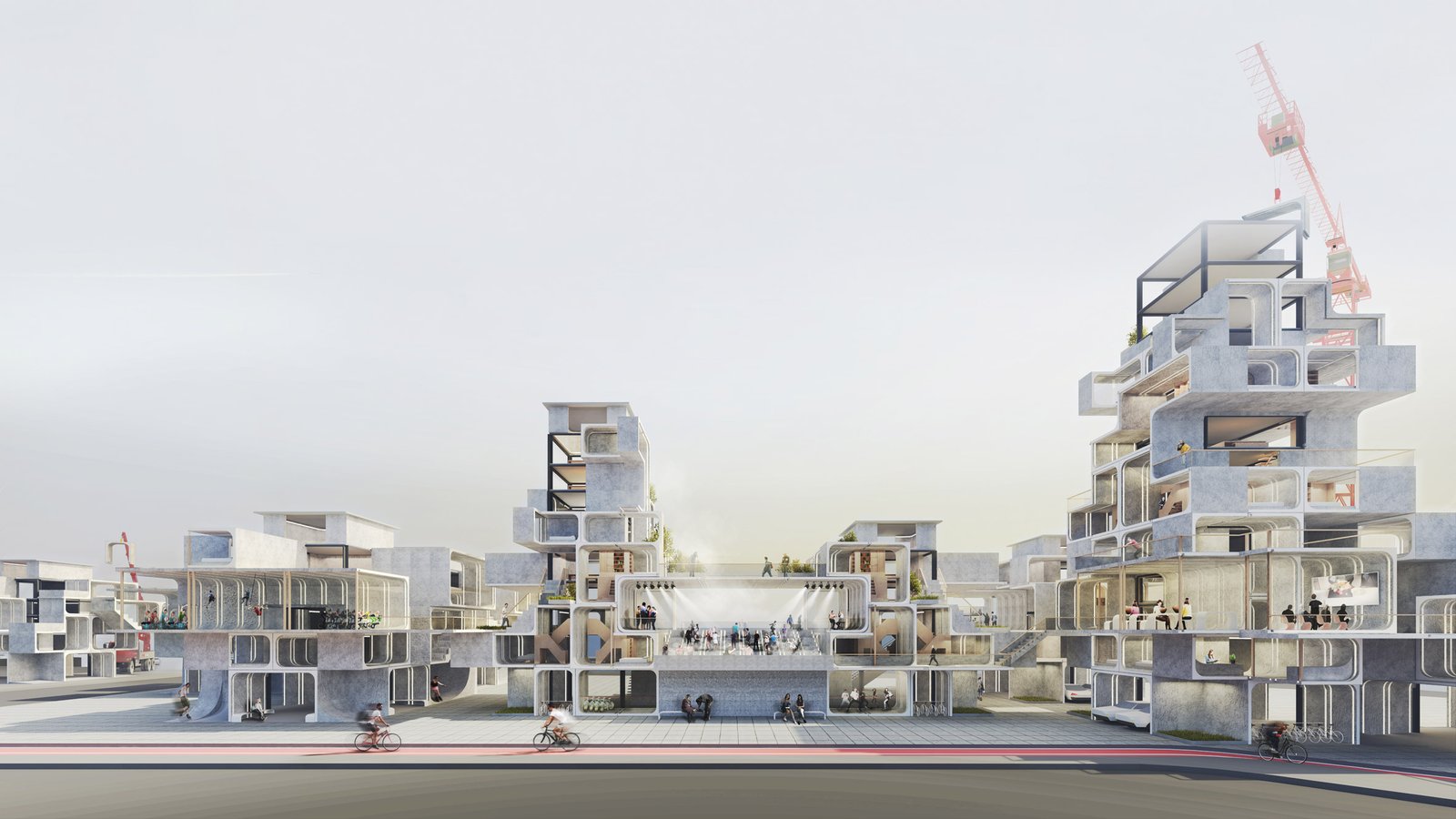Affordable housing solutions through innovative architecture
Affordable housing remains a critical challenge in urban and rural areas worldwide, prompting architects and designers to innovate and create sustainable, cost-effective solutions. Here’s a detailed exploration of how innovative architecture is reshaping affordable housing initiatives.
1. Understanding Affordable Housing
Importance and Challenges:
- Accessibility: Providing housing options that meet the needs of low-income families and individuals, addressing homelessness and housing insecurity.
- Sustainability: Designing energy-efficient, durable, and environmentally friendly housing to reduce operational costs and environmental impact.
2. Key Design Strategies for Affordable Housing
Innovative Approaches:
- Modular Construction: Prefabricating building components off-site to streamline construction, reduce labor costs, and accelerate project timelines.
- Adaptive Reuse: Repurposing existing structures such as warehouses or industrial buildings into affordable housing units to minimize construction costs.
3. Sustainable Practices in Affordable Housing
Environmental Benefits:
- Energy-Efficient Design: Incorporating passive design strategies, solar panels, and energy-efficient appliances to lower utility bills and promote long-term affordability.
- Green Building Materials: Using recycled materials, low-emission products, and sustainable building practices to enhance indoor air quality and reduce environmental footprint.
4. Community-Centered Design

Social Impact:
- Mixed-Income Communities: Integrating affordable housing with market-rate units to promote economic diversity and social cohesion.
- Accessibility: Designing universally accessible homes that accommodate residents with disabilities and aging populations, fostering inclusive communities.
5. Case Studies of Innovative Affordable Housing Projects
Successful Examples:
- BaSiC Initiative (Austin, USA): Building sustainable, affordable homes using recycled shipping containers, demonstrating cost-effective and eco-friendly construction methods.
- Social Housing in Vienna (Austria): Implementing cooperative housing models and public-private partnerships to provide affordable, well-designed homes with communal spaces and amenities.
6. Designing for Resilience and Longevity
Durability and Maintenance:
- Resilient Construction: Using durable materials and resilient building techniques to withstand natural disasters and reduce maintenance costs over time.
- Lifecycle Assessment: Evaluating the environmental impact and lifecycle costs of building materials and construction methods to ensure long-term affordability.
7. Policy and Financing Considerations
Supportive Measures:
- Government Incentives: Offering tax credits, subsidies, and grants to developers and nonprofit organizations to encourage affordable housing development.
- Community Land Trusts: Establishing land trusts and housing cooperatives to maintain affordability and prevent gentrification in high-cost housing markets.
8. Challenges and Implementation Hurdles
Overcoming Obstacles:
- Regulatory Compliance: Navigating zoning regulations, building codes, and planning approvals that may hinder affordable housing development.
- Public Perception: Addressing stigma and misconceptions about affordable housing through community engagement and education initiatives.
9. Collaborative Approaches to Affordable Housing
Partnership and Engagement:
- Stakeholder Collaboration: Working with local governments, nonprofits, developers, and community organizations to identify housing needs and implement effective solutions.
- Design Charrettes: Hosting design workshops and public forums to gather input from residents and stakeholders in the planning and development process.
10. Future Directions in Affordable Housing Architecture
Innovation and Scalability:
- Prefabricated Housing Solutions: Advancing modular construction techniques and off-site manufacturing to scale production and reduce housing costs.
- Smart Technologies: Integrating IoT devices and digital solutions to enhance energy efficiency, security, and connectivity in affordable housing developments.
Conclusion
Innovative architecture plays a pivotal role in addressing the global challenge of affordable housing by offering sustainable, cost-effective solutions that prioritize community well-being and environmental stewardship. By embracing modular construction, sustainable design practices, and inclusive community planning, architects and stakeholders can create dignified living spaces that empower residents and contribute to vibrant, resilient communities. As demand for affordable housing continues to grow, innovative approaches offer promising opportunities to bridge the gap and ensure housing affordability for all.



